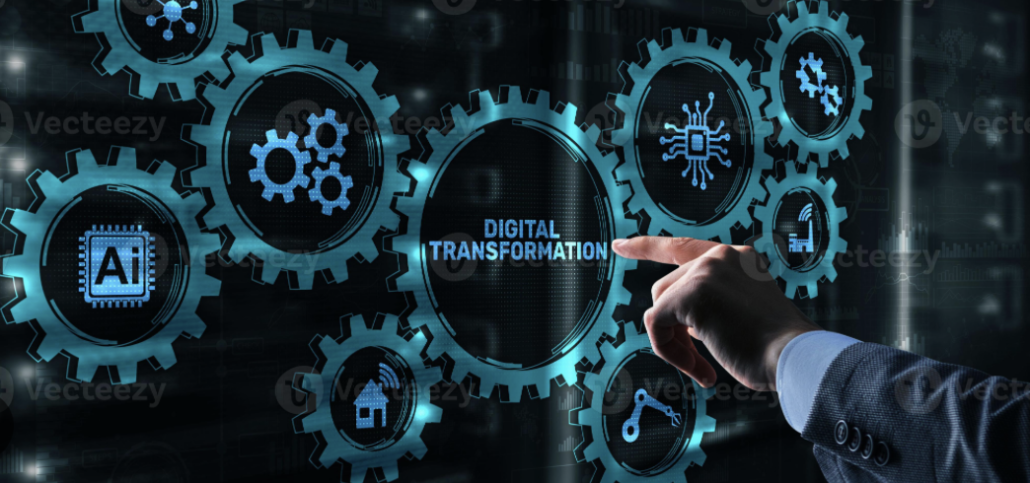As organisations navigate an era of rapid technological change, key challenges emerge around AI adoption, security, and the modernisation of toolsets. Despite widespread recognition of these needs, enterprises often struggle to implement change in a way that fosters long-term success. Many of these challenges stem from fragmentation – AI-driven automation, security measures, and modernisation efforts often operate in silos, leading to inefficiencies, increased costs, and security gaps. Without a unified strategy, these initiatives can create more complexity than they resolve, making digital transformation a daunting task.
The question technologists must answer is: how can we influence the entire organisation to adopt new practices while maintaining operational stability? The key lies in bridging these divides, integrating frameworks like ITIL, DevOps, and SysOps, and steering the enterprise towards a cohesive and unified system that enhances security, efficiency, and business agility. However, unification is not just about strategy and governance—it also requires careful consideration of the tools that support these methodologies. The right tooling can facilitate integration, automation, and visibility, while the wrong choices can deepen fragmentation.
The Modern Challenge:
Fragmentation vs. Unification Modern enterprises are adopting new technologies at an unprecedented rate, but many lack a unified strategy. AI-driven automation, heightened security threats, and legacy modernisation initiatives often operate in silos, leading to inefficiencies, increased costs, and security gaps. This fragmentation is a barrier to digital transformation, and IT leaders must take a proactive role in bridging these divides. A major contributor to this issue is the sprawl of disconnected tools that do not seamlessly integrate. Organisations often adopt best-of-breed solutions without considering how they fit into a larger ecosystem, creating operational friction and redundant processes.
The Role of ITIL, DevOps, and SysOps in a Fast-Paced, Regulated World In highly regulated industries, ITIL provides a structured approach to managing IT services. While DevOps principles emphasise agility and continuous iteration, they may not align with compliance-heavy environments where governance and control are paramount. ITIL remains a key framework for ensuring service reliability, risk management, and governance, but it must evolve alongside modernisation efforts to remain relevant. Acknowledgement that each is still relevant and is not in competition with the others is probably our ground zero from where we build a strategy that is future-fit and delights our internal IT users.
This is where SysOps comes into play. SysOps practices focus on maintaining stability, compliance, and operational efficiency while enabling automation and cloud-driven architectures. By incorporating SysOps alongside ITIL and DevOps methodologies, organisations can achieve a balanced approach that fosters agility without compromising regulatory compliance. The key lies in leveraging the strengths of each framework—ITIL for structured governance, DevOps for innovation, and SysOps for operational resilience. Technologists must champion the integration of these methodologies to create an adaptable and compliant IT ecosystem.
Building Towards One System: The Need for Unification The future of IT lies in the creation of a unified system—one that integrates AI, security, endpoint management, and service operations. A patchwork of tools leads to inefficiencies and blind spots, making it difficult to manage risk, optimise workflows, and extract maximum value from digital investments. Organisations must shift from fragmented, point solutions towards an integrated approach that fosters visibility, collaboration, and automation across the enterprise.
To achieve this, IT leaders must carefully assess their technology stack, ensuring that tooling decisions align with the overarching strategy. The goal should be to reduce unnecessary complexity by selecting platforms that integrate seamlessly and provide cross-functional capabilities. Solutions that support API-driven interoperability, automation, and centralised data visibility will be critical in making unification a reality. Additionally, governance frameworks should guide tooling decisions to ensure that new technologies do not become roadblocks to agility and compliance.
What’s Next?
A Call to Action for IT Leaders To influence the organisation effectively, IT leaders should:
- Advocate for a cohesive strategy that aligns technology investments with business goals.
- Balance agility with governance by modernising ITIL practices to support innovation without compromising compliance.
- Incorporate SysOps principles to ensure stability, operational efficiency, and security within cloud environments.
- Push for tool consolidation and integrated platforms that break down silos and enhance security.
- Collaborate with executive leadership to communicate the long-term value of unification efforts.
The modern enterprise cannot afford to treat AI, security, and tool modernisation as separate initiatives. IT leaders have a unique opportunity to drive unification and establish a single, integrated system that enhances efficiency, security, and business value. By bridging the gap between innovation and governance, and by integrating ITIL, DevOps, and SysOps practices, we can build organisations that are not just technologically advanced but also strategically resilient.
While this unified approach is, in principle, a strong direction for modern organisations, the challenge of ownership cannot be ignored. The adoption of such a framework may necessitate shifts in organisational teams, redefining responsibilities and roles. This transition can be daunting, leading to concerns and insecurities among teams about the organisation’s direction and their place within it. To successfully implement these changes, leadership must play a pivotal role in fostering trust, providing clarity, and ensuring that communication is crystal clear. By articulating a compelling vision and offering structured support, IT leaders can help teams embrace change rather than resist it, ensuring a smoother path towards an integrated and forward-looking organisation.


